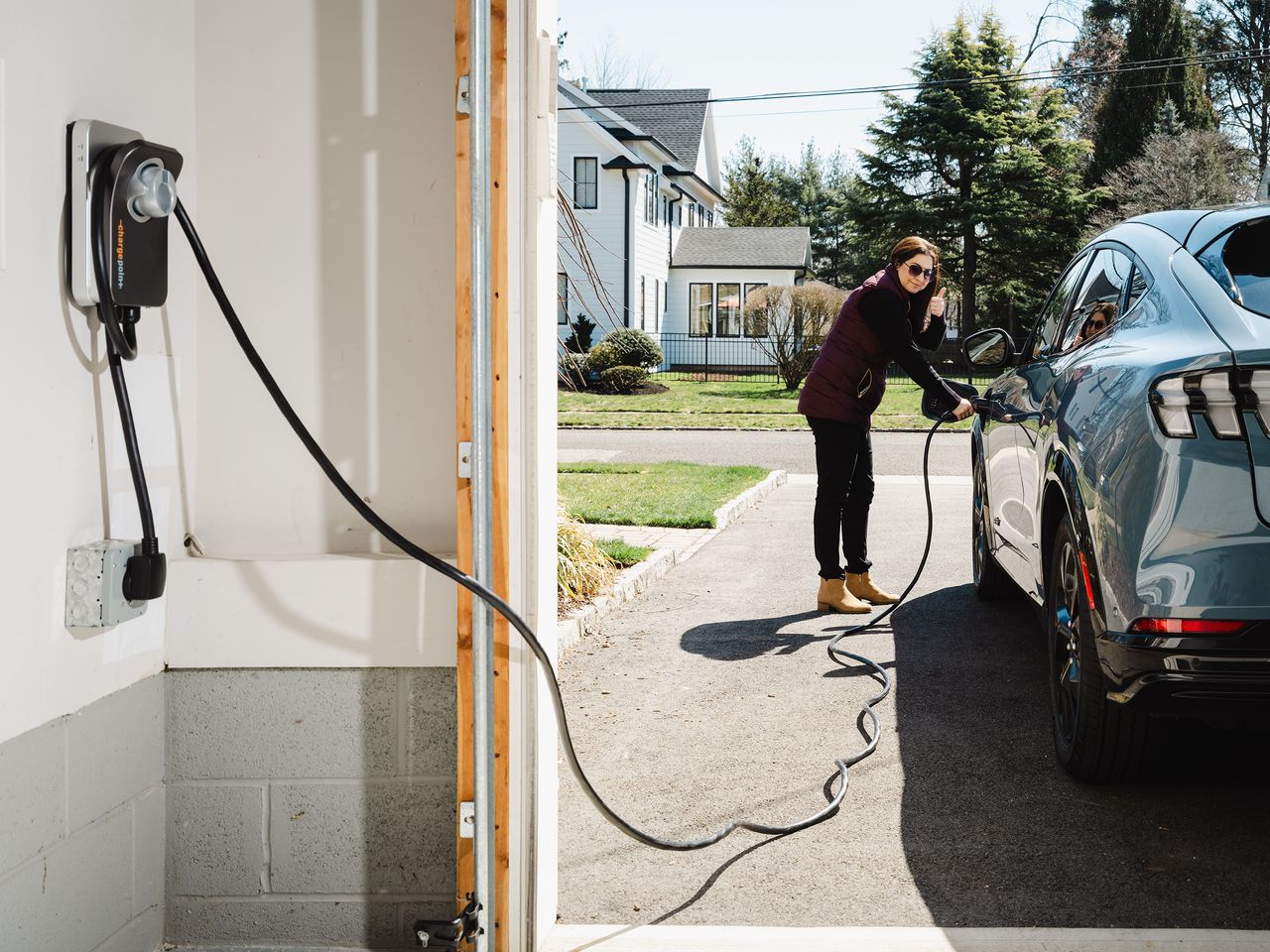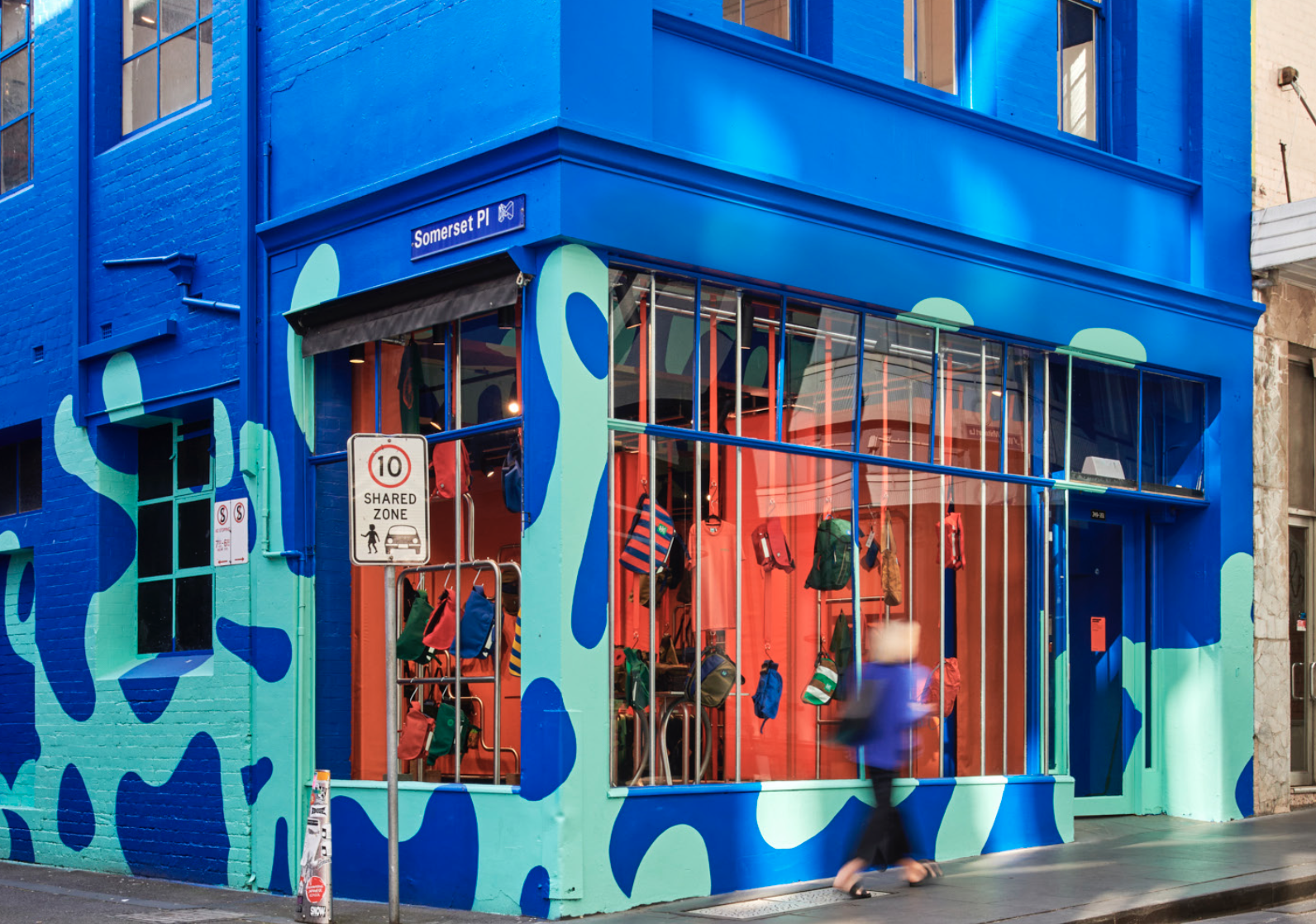Is this the last of the Bondi Beach shacks?
As developers and renovators change the face of the suburb, a rare example of old Bondi hits the market
Bondi Beach might be better known for development and construction than a relaxed, sun-drenched lifestyle these days, but there are still hidden gems to be found in the iconic coastal suburb.
Positioned in a quiet cul-de-sac within easy walking distance of North Bondi Beach, 144 Murriverie Road offers the kind of carefree beachside living that the area has become synonymous with.
Offering four bedrooms, two bathrooms and two car spaces, the post-war home has been stylishly updated while still retaining its coastal charm.
There’s self-contained accommodation and storage space at street level while, upstairs, the open plan living, kitchen and dining area leads onto a spacious deck with district views across to Rose Bay and the Harbour Bridge. A generous study on this floor is buffered from the living space by the central staircase, making it an ideal home office environment, as long as the sound of the waves doesn’t distract.
On the top floor, three light-filled bedrooms clustered around the bathroom also enjoy views of the treetops and district views.
With 490sqm to play with, there’s plenty of scope for growing families, who might also be attracted by the range of schools within easy walking distance.
Others still might be won over by this home’s charms as it is, with its gently nostalgic reminders for a time when this Sydney suburb truly was a surfer’s paradise.
Auction: Tuesday December 6
Open for Inspection: Thursday November 17 11.30am-12pm
Price guide: $5 million
Agent: Alex Lyons 0488 201 377, Ric Serrao 0412 072 178
This stylish family home combines a classic palette and finishes with a flexible floorplan
Just 55 minutes from Sydney, make this your creative getaway located in the majestic Hawkesbury region.
Playful 1950s style spotlights details like coloured cabinets, checkerboard and mosaic tile patterns, vintage lighting, and SMEG appliances
The 1950s spawned society’s view of kitchens as the heart of the home, a hub for gathering, cooking, eating and socializing. Thus, it makes perfect sense that the same decade could inspire today’s luxury kitchens.
“The deliberate playfulness and genius of the era’s designers have enabled the mid-century style to remain a classic design and one that still sparks joy,” said James Yarosh, an interior designer and gallerist in New Jersey.
That playful style spotlights details like coloured cabinets, checkerboard and mosaic tile patterns, vintage lighting, and SMEG appliances—all of which are a conspicuous rejection of the sterile, monochrome kitchens that have defined luxury home design for years. One of the hottest brands to incorporate into retro-style kitchens, SMEG is turning up more these days. But the question is: How do you infuse a colourful refrigerator and other elements from this nostalgic era without creating a kitschy room?
“The key to a modern, fresh look in your kitchen is to reference, not imitate, signature looks of the 1950s,” said New York-based designer Andrew Suvalsky, who often laces retro style throughout the rooms he designs. He said using the period as inspiration will steer you away from imagining a garish space.
“When it comes to incorporating that retro-esque look, it’s a fine dance between looking beautiful and looking kitschy,” added Lisa Gilmore, a designer in Tampa, Florida. Gilmore suggested balancing contemporary pieces with vintage touches. That balance forges a functional yet attractive design that’s easy to live with while evoking a homey atmosphere––and ultimately, a room everyone wants to be in.
Colour Reigns Supreme
Suvalsky said one way to avoid a kitschy appearance is to mingle woods and colours, such as lacquered base cabinets and walnut wall cabinets, as he did in his Montclair, New Jersey, kitchen.
“Mixing colours into your kitchen is most effective when it’s done by colour-blocking––using a single colour across large areas of a space––in this case, zones of cabinetry,” he explained. He tends to lean toward “Easter egg colours,” such as baby chick yellow and pale tangerine. These soft pastels can suggest a starting point for the design while lending that retro vibe. But other hues can spark a vintage feel as well.

Natalia Robert
“Shades of green and blue are a timeless base foundation that work for a 1950s vintage look,” said designer Jennifer Verruto of Blythe Interiors in San Diego. But wood isn’t off the table for her, either. “To embrace the character of a mid-century home, we like a Kodiak stain to enhance the gorgeous walnut grain,” she said. “This mid-tone wood is perfect for contrasting other lighter finishes in the kitchen for a Mid-Century Modern feel.”
Since colour is subjective, a kitchen lined with white cabinetry can assume a retro aesthetic through accoutrements and other materials, emanating that ’50s vibe.
“The fun of retro designs is that you can embrace colour and create something that feels individual to the house and its homeowner, reflecting their tastes and personality,” Yaosh said. He recommended wallpaper as an option to transform a kitchen but suggested marrying the pattern with the bones of the house. “Wallpaper can create a mid-century or retro look with colours and hand-blocked craftsmanship,” he said. “Mauny wallpapers at Zuber are a particular favourite of mine.”
Suvalsky suggested Scalamandre wallpapers, for their 1950s patterns, and grass cloth, a textile that was often used during that decade. He also likes House of Hackney, a brand that “does a great job reinventing vintage prints in luscious colours,” he noted. “Many of their colourways invert the typical relationship between light and dark, with botanical prints in dark jewel tones set over light, more playful colours.”
Materials Matter
Beyond wall covering, flooring, countertops and backsplashes can all contribute to the 1950s theme. Manufactured laminate countertops, specifically Formica, were all the rage during the decade. But today’s high-end kitchens call for more luxurious materials and finishes.
“That’s a situation where going the quartz route is appropriate,” Gilmore said. “There are quartzes that are a through-body colour and simple if someone is doing colorued cabinetry. A simplified white without veining will go a long way.” She also recommended Pompei quartz Sunny Pearl, which has a speckled appearance.

Patricia Burke
But for those who welcome vibrant colour schemes, countertops can make a bold statement in a vintage kitchen. Gilmore said solid surface materials from the era were often a colour, and quartz can replicate the look.
“Some brands have coloured quartz, like red,” she said. But keeping countertops neutral allows you to get creative with the backsplash. “I‘d pull in a terrazzo backsplash or a bold colour like a subway tile in a beautiful shade of green or blush,” Gilmore said. “Make the backsplash a piece of art.”
Suvalsky also leans toward bright and daring––such as checkerboards––for the backsplash. But depending on the kitchen’s design, he’ll go quieter with a double white herringbone [tile] pattern. “Either version works, but it must complement other choices, bold or simple, in the design,” he explained.

Native House Photography
Likewise, his flooring choice almost always draws attention. “My tendency is more toward very bold, such as a heavily veined marble or a pattern with highly contrasting tones,” he noted. Yarosh suggested slate and terrazzo as flooring, as these materials can make an excellent backdrop for layering.
Forge a Statement With Vintage Appliances
As consequential as a kitchen’s foundation is, so are the appliances and accoutrements. While stainless steel complements contemporary kitchens, homeowners can push the design envelope with companies like SMEG when making appliance selections for a retro-style kitchen. Although Suvalsky has yet to specify a SMEG fridge, he is looking forward to the project when he can.
“I think they work best when the selected colour is referenced in other parts of the kitchen, which helps to integrate these otherwise ‘look at me’ pieces into the broader design,” he noted. “They are like sculptures unto themselves.”
“For our mid-century-inspired projects, we’ve opted for Big Chill and the GE Cafe Series to bring a vintage look,” Verruto added. Similar to SMEG, Big Chill and GE offer a vintage vibe in a wide selection of colours and finishes, alongside 21st-century performance.
Can’t commit to a full-size appliance? Sometimes, a splash is enough. Gilmore tends to dust her retro kitchens with a coloured kettle or toaster since her clients are likelier to add a tinge with a countertop appliance or two. “Mint green accessories make it pop, and if in five years they are over it, it’s not a commitment,” she said. “It’s a great way to infuse fun and colour without taking a major risk.”
Deck out the Breakfast Nook
Kitchen dining areas present the opportunity to introduce retro lighting, furniture, and accessories to complete the look. Flea markets and antique markets are excellent places to hunt for accompaniments.
“Dome pendants and Sputnik chandeliers are iconic styles that will infuse vintage charm into your kitchen while also easily complementing a variety of other styles,” Verruto said.

DLux Editions
Suspend a vintage light fixture over the classic Saarinen table, and you can’t go wrong.
“Saarinen Tulip Tables are almost always guaranteed to deliver a home run in nearly any interior, especially a 1950s-themed kitchen,” Suvalsky said. “The simplicity of its form, especially in white, makes it nearly impossible to clash with.”
To really channel the vibe of this era, Verruto suggested local vintage stores and brands such as Drexel Heritage and Lexington. Dressing the windows counts, too. “Cafe curtains in a chintz pattern will make for a fabulous finishing touch,” she said.
Meanwhile, Yarosh delights in selecting tabletop items, including novelty stemware and other trappings ubiquitous in the 1950s. “Mid-century kitchens also need to have pedestal cake plates and maybe a cloche to keep a cake,” he mused. “I love the opportunity to curate these details down to the correct fork and serving pieces.”
Just 55 minutes from Sydney, make this your creative getaway located in the majestic Hawkesbury region.
Consumers are going to gravitate toward applications powered by the buzzy new technology, analyst Michael Wolf predicts
























